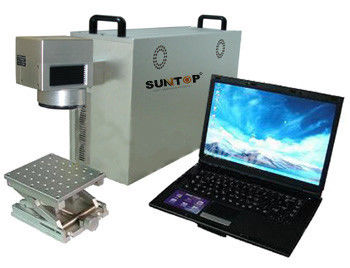Thanks to everyone's help on here and the research that I have done, I have really been able to learn a lot and narrow down my selection/choices.
Portable:
Non-portable:
The main drawback, that I can see anyways, is really just the table work size.
Aside from simply making sure that anything I work with or engrave will be able to fit on that table, are there any other drawbacks or thoughts on the portable vs non-portable versions?
Also, not a directly related question, but what are your guys' thoughts on the Chinese 3 chuck rotary attachments that most Chinese manufacturers try to have you add on? Are they reliable/worth the extra couple of hundred dollars? Admittedly, I haven't done much research on the rotary devices yet, since it was not a major consideration for me previously.






 Reply With Quote
Reply With Quote

